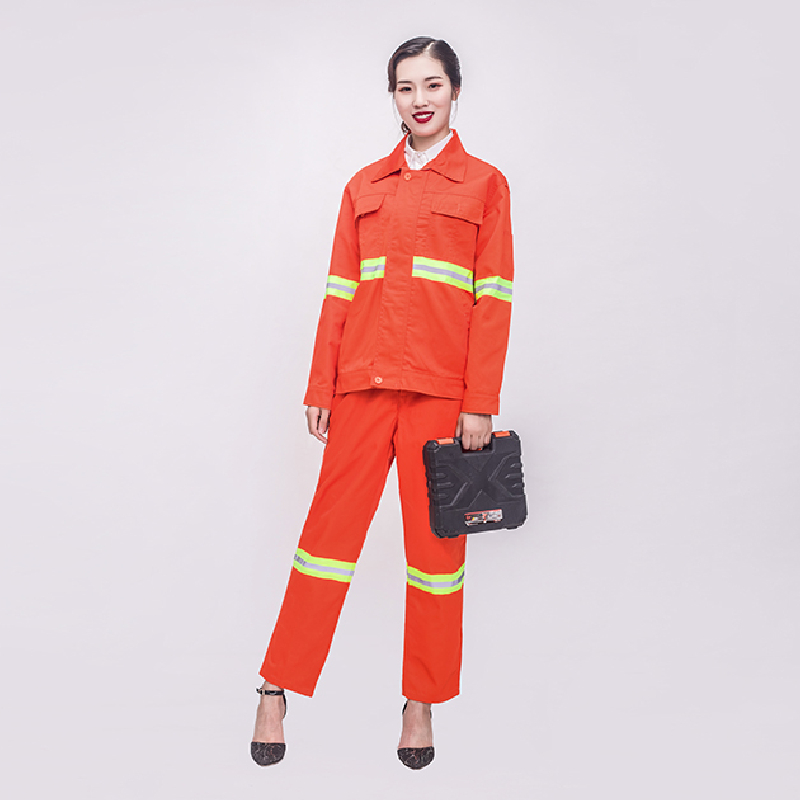- Afrikaans
- Albanian
- Arabic
- Armenian
- Basque
- Belarusian
- Bengali
- Bulgarian
- Croatian
- Czech
- Danish
- Dutch
- English
- Esperanto
- Finnish
- French
- German
- Greek
- Hebrew
- Hindi
- Indonesian
- irish
- Italian
- Japanese
- Javanese
- kazakh
- Rwandese
- Korean
- Kyrgyz
- Latin
- Latvian
- Luxembourgish
- Malay
- Myanmar
- Nepali
- Persian
- Polish
- Portuguese
- Romanian
- Russian
- Serbian
- Slovak
- Spanish
- Swedish
- Tagalog
- Tajik
- Turkish
- Ukrainian
- Uzbek
- Vietnamese
Dec . 14, 2024 22:24 Back to list
Choosing the Best Cut Resistant Gloves for Maximum Safety and Comfort
Understanding Cut-Resistant Gloves What You Need to Know
In today’s fast-paced industrial landscape, safety and protection are paramount. Among the various types of personal protective equipment (PPE) available, cut-resistant gloves stand out as a vital tool for preventing hand injuries in various workplaces. Whether you are in manufacturing, construction, or food processing, the importance of using cut-resistant gloves cannot be overstated.
What Are Cut-Resistant Gloves?
Cut-resistant gloves are specially designed handwear that protects the hands from cuts and lacerations. They are made from high-performance materials that have been engineered to resist cuts from sharp blades or other objects. Unlike regular gloves, which may offer little protection against sharp edges, cut-resistant gloves provide a reliable barrier that can significantly reduce the risk of injury.
These gloves are rated according to the American National Standards Institute (ANSI) and the International Safety Equipment Association (ISEA), using a scale from A1 to A9, where A1 offers the least protection and A9 provides the highest. The rating indicates the glove's cut resistance based on standardized testing, allowing employers and workers to choose the appropriate level of protection for their specific tasks.
Materials Used in Cut-Resistant Gloves
The effectiveness of cut-resistant gloves is largely determined by the materials used in their construction. Some of the common materials include
1. Kevlar Known for its exceptional tensile strength, Kevlar is a synthetic fiber that is lightweight and offers high levels of cut resistance. 2. Steel and Metal Mesh Gloves made with steel fibers or metal mesh provide outstanding protection against cuts, making them suitable for applications where sharp tools are frequently handled.
3. Dyneema This ultra-high molecular weight polyethylene (UHMWPE) fiber is known for its cut resistance and flexibility, making gloves comfortable to wear for extended periods.
4. Composite Materials Some gloves use a blend of various fibers to achieve a balance between dexterity, comfort, and cut resistance.
cut resistant gloves

Choosing the Right Cut-Resistant Gloves
When selecting cut-resistant gloves, several factors should be taken into consideration
- Cut Level Assess the hazards present in the workplace and select gloves that match the required cut level. Higher cut levels are appropriate for more dangerous tasks.
- Dexterity Depending on the job, the ability to handle small parts or perform precise tasks might be necessary. Look for gloves that offer a good balance of cut resistance and dexterity.
- Comfort and Fit Gloves that fit well will encourage workers to wear them consistently. Consider glove size, wrist closures, and breathability.
- Grip Some tasks may require a high-tech grip for secure handling of tools or materials. Choose gloves with textured surfaces for enhanced grip.
The Importance of Compliance and Training
Employers must ensure that employees are trained on the proper use and care of cut-resistant gloves. Workers should understand the importance of wearing these gloves consistently and how to select the right gloves for their specific tasks. Compliance with industry safety standards is essential to create a safe working environment.
Conclusion
Cut-resistant gloves are an essential component of workplace safety in industries where the risk of hand injuries is significant. By understanding the materials, ratings, and factors influencing glove selection, employers and workers can make informed decisions that enhance safety and minimize the risk of accidents. Investing in high-quality cut-resistant gloves not only protects employees but also promotes a culture of safety within the organization. Remember, safety is not just a guideline—it is an essential part of a responsible work ethic.
-
Work Reflective Vest: A Silent Guardian of Security
NewsJul.10,2025
-
Vest Reflective Safety: A Safety Lighthouse in Low Light and High Traffic Environments
NewsJul.10,2025
-
Soft Cotton Polo Shirts: A Fashionable and Practical Choice for Multiple Scenarios
NewsJul.10,2025
-
Soft Cotton Polo Shirts: A Fashionable and Practical Choice for Multiple Fields
NewsJul.10,2025
-
Reflective Vest: The Light of Industry and Outdoor Safety Protection
NewsJul.10,2025
-
Polo Shirt: A versatile and fashionable item that can be worn in one outfit
NewsJul.10,2025




